Our skin is a reflection of internal health and that includes what's happening with your skin hormones. From youthful glow to dry patches, hormones like estrogen, testosterone, and cortisol influence oil, elasticity, inflammation, and even pigmentation

Table of Contents
If you suffer from hormone imbalance then you may also have skin problems too. It is common for us to experience various skin disorders, including acne and pimples. Can hormone imbalance affect your skin? What hormones cause oily skin? Nevertheless, in this article, the discussions will focus on one of the most commonly pinpointed causes of acne and other skin problems: hormones.
In one study among women who are above the age of 20, it has been revealed 50% of women aged 20-29 are affected by acne, while its prevalence among women who are aged 40-49 is only 25%.
Apart from aging and puberty, there are tons of factors that can be blamed, including the pollution and dirt that gets trapped on the surface of our skin. In some cases, if you are taking medications, its side effects can include skin disorders. Your diet can also be instrumental in such.

🔄 Hormones Across Life Stages
1. Teenage Years
🚨 Androgen spikes: Think testosterone, activate oil glands, leading to clogged pores and acne.
- Pro Nutrition Tip: Swap high-glycemic foods (white bread, sweets) for omega-3s, zinc, and antioxidant-rich produce to calm skin hormones and oil production
2. Monthly Cycle (Women)
In the luteal phase (post-ovulation), progesterone and testosterone rise, boosting oiliness and inflammation; skin may react more easily.
- Pro Nutrition Tip: Combat this with magnesium-rich foods, anti-inflammatory spices like turmeric, and targeted skincare (salicylic acid, benzoyl peroxide) to support skin hormones in harmony
3. Perimenopause & Menopause
Declining estrogen leads to dryness, loss of elasticity, and thinning skin due to reduced collagen.
- Pro Nutrition Tip: Time to "eat your skincare": Include soy, flax (phytoestrogens), vitamin-C rich foods, collagen-boosters, and essential fatty acids to support skin hormones and structure.
🔗 The Link Between Acne And Your Period
For many women, acne breakouts often align with their menstrual cycle and it's not just coincidence. Throughout a typical 28-day cycle, hormonal fluctuations play a major role in how your skin behaves.
In the luteal phase which is the second half of your cycle, progesterone levels rise, which can cause your skin to retain more water and appear puffier or swollen. Around the same time, testosterone may also increase, triggering excess sebum (oil) production. Sometimes, this natural oil boost gives your skin a temporary glow. But in many cases, it creates the perfect environment for clogged pores and acne-causing bacteria to thrive.
Despite common myths, period-related acne isn't simply a hygiene issue. It's an internal, hormone-driven reaction which is another example of how skin hormones impact your complexion.
That said, caring for your skin externally still matters. Gentle, hormone-supportive skincare, think salicylic acid, niacinamide, or anti-inflammatory serums all can help balance breakouts and reduce irritation. And as always: "eat your skincare". Supporting your body from the inside out with nutrient-rich foods can help your skin handle hormonal shifts more gracefully.
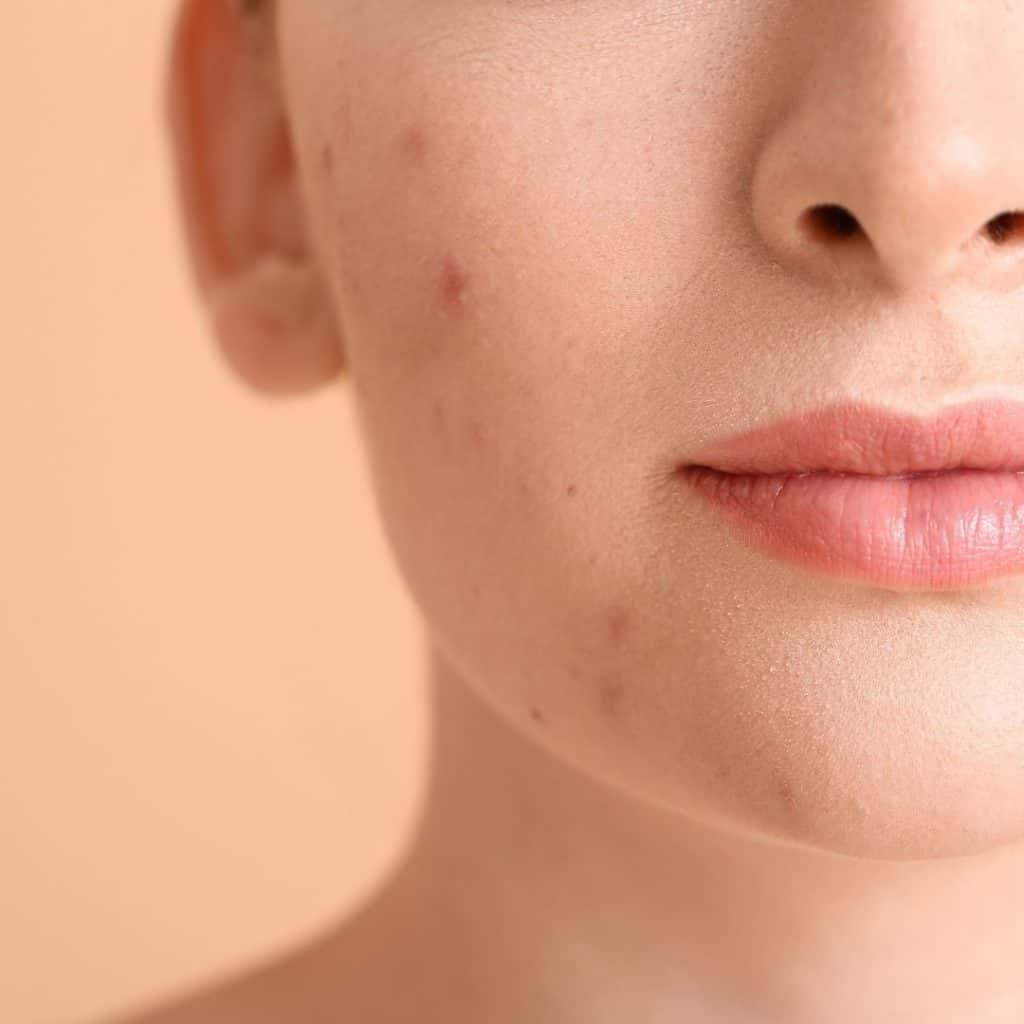
🛑 Signs Your Skin Issues May Be Hormone-Related
While not all skin concerns stem from hormonal imbalances, recognizing the signs of hormone-driven skin issues can help you take the right steps toward clearer, healthier skin.
Here are four key indicators that your skin hormones might be at play.
- Timing of Breakouts
If your acne flares up consistently around the same time each month which is typically the week before your period, then it's a strong signal that hormones are the cause. This is when estrogen dips and progesterone and testosterone spike, disrupting your skin's balance. - Location of Acne
Hormonal acne tends to appear along the jawline, chin, and lower cheeks. These areas are more sensitive to androgens (like testosterone), which stimulate oil glands. - Type of Acne
Hormonal breakouts often show up as deep, cystic pimples which are the kind that are painful, under the skin, and slow to heal. This sets them apart from surface-level whiteheads or blackheads typically caused by clogged pores or external factors. - Resistance to Topical Products
If over-the-counter skincare doesn't make a dent, it might not be a surface issue. Hormonal imbalances work from the inside out, meaning creams and cleansers alone may not address the root cause.
In cases like these, it's time to look inward and maybe even revisit your diet, stress levels, and menstrual health. And of course, don't forget: "eat your skincare". Supporting your skin hormones with the right nutrients can make all the difference in calming stubborn breakouts.
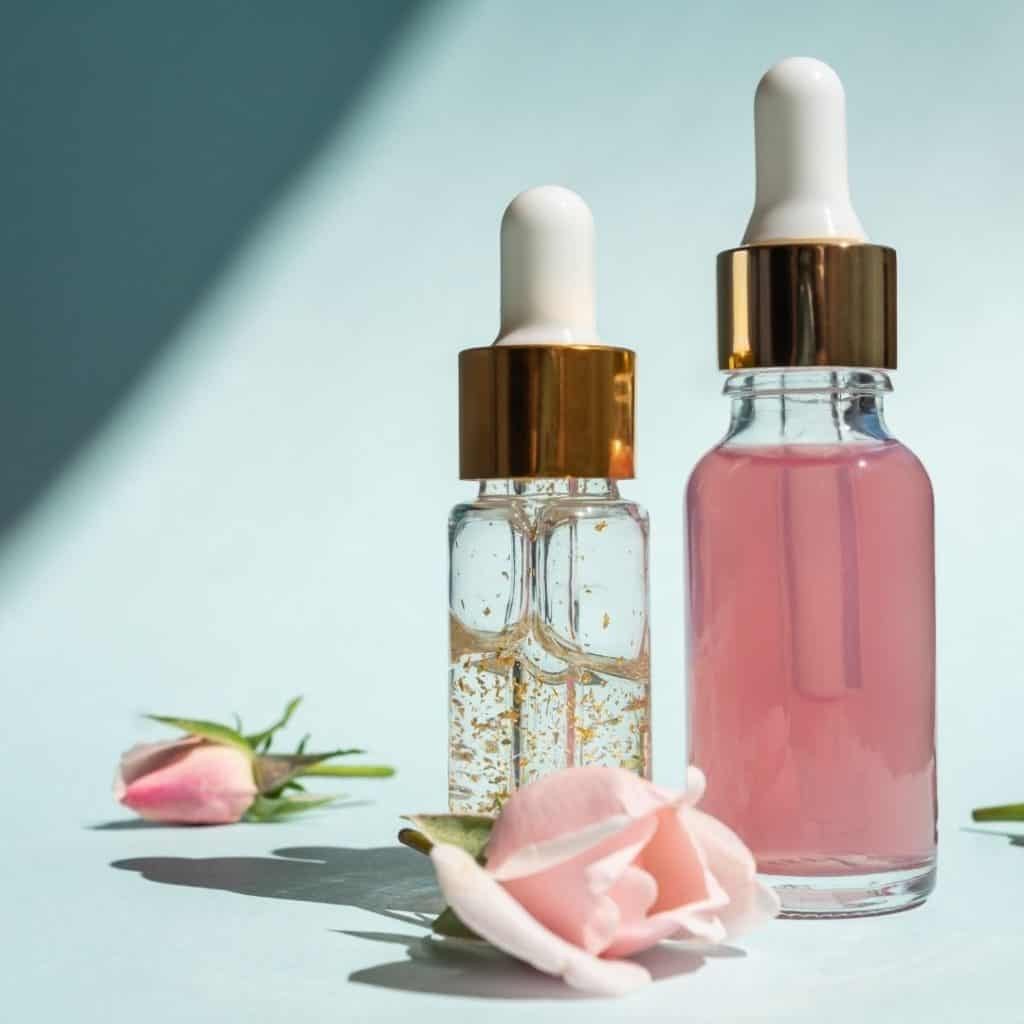
🧴 What to Do When Your Hormones Are Wrecking Your Skin?
If you suspect your breakouts or skin issues are tied to a hormonal imbalance, it's important to dig deeper and not just treat the surface. While seeing a dermatologist is a common first step, an OB-GYN or hormone specialist may offer more targeted support for hormone-related skin concerns.
Start by requesting hormonal testing. This can help identify whether imbalances in estrogen, progesterone, testosterone, or other skin hormones are driving your symptoms.
Testing is especially valuable if you're noticing additional signs like:
- Excess facial hair (hirsutism).
- Irregular or missed periods.
- Deepening of the voice.
- Sudden, severe cystic acne.
Another factor to evaluate is your birth control method. Some hormonal contraceptives can help regulate acne, while others may actually contribute to it. But since hormonal responses are highly individual, it's crucial to have a personalized conversation with your healthcare provider before making changes.
The bottom line? Don't try to guess. If your skincare routine isn't working and the acne feels deeper: literally and hormonally then it's time to get a professional involved. Together, you can uncover which skin hormones might be out of balance and build a treatment plan that works from the inside out.
And remember: "eat your skincare". Nourishing your body with the right foods can support hormone harmony and improve your skin from within.
✨ FRUITS AND VEGETABLES ARE YOUR REAL SKINCARE! --- Laura Villanueva
⚡ The Inflammation Factor
Chronic low-grade inflammation, fueled by poor diet and stress, worsens hormonal skin issues. A Mediterranean-style, anti-inflammatory diet supports healthy skin hormones and soothes flare-ups.
📥 GET THIS RECIPE IN YOUR INBOX 📥
🥗 "Eat Your Skincare" Nutrition Plan
- Every Day:
- Cycle-Specific Focus:
- Pre-menstruation - Extra magnesium (dark chocolate, spinach), anti-inflammatories (ginger, turmeric), and topical oils.
- Menopause transition: Phytoestrogens, vitamin C, collagen-supportive nutrients.
✨ Daily "Time, Eat Your Skincare" Ritual
Make every meal count:
- Morning - Smoothie with greens, flax, berries, protein powder or collagen powder.
- Lunch - Salmon/avocado salad with olive oil and seeds.
- Snack - Nuts + dark chocolate.
- Dinner - Stir-fry or grilled chicken with cruciferous veggies and olive oil.
In most cases, only a few modifications with your lifestyle may be effective. Increasing intake of vegetables and fruits that are good for the skin can be suggested.
Healthy fats like avocado and coconut can help balance your hormones. Cruciferous vegetables are perfect for supporting your liver function to help detox excess hormones within the body.
Fiber can also help flush out excessive hormones. A healthy diet is one of the easiest ways to improve hormone imbalance that results in skin problems.
At the end of the day, remember that there is no one-size-fits-all approach to acne treatment that results from hormonal imbalance. Each treatment approach should be tailored to the individual's needs.
💡 When to Seek Help
If skin issues are persistent or painful or if you suspect deeper hormone imbalances then work with a dermatologist or nutritionist for tailored care.
✅ Final Takeaway
Hormones and skin hormones are dynamic partners which affect texture, oil balance, and resilience. By synchronizing your diet with hormone cycles and choosing foods that support skin from inside out, you truly "eat your skincare." Time to glow from the inside and out ✨

💬 Let's Discuss Hormone Imbalance And Your Skin Problems!
So as you can see, hormone imbalance affects your skin in many ways. Your hormones out of whack can be the root cause of your oily skin.
You can also connect with me @EatYourNutrition on Instagram. I love seeing your photos. #EatYourNutrition #LauraVillanueva
🗣️ Let's Keep the Glow Going
There's no one-size-fits-all approach to skincare or hormone health but understanding your skin hormones and honoring your body's rhythms is a powerful place to start. Skin isn't just about surface care; it's about internal balance, nourishment, and listening deeply to what your body is trying to say.
So, "eat your skincare" because what you feed yourself matters, inside and out.
🧡 Your Turn: Let's Make It Personal
Have you started noticing how your skin shifts throughout your cycle? Are you tuning in to how stress, sleep, or certain foods impact your breakouts or glow? This week, are you:
🌿 Swapping harsh skincare for hormone-friendly, calming ingredients?
🥗 Adding more zinc, omega-3s, or fiber to support your hormones naturally?
💧 Boosting hydration to help your skin flush out toxins more easily?
🧘🏽♀️ Prioritizing rest or nervous system support during your luteal phase?
Tell me what's changing for you. Are you syncing your skincare with your cycle? Is your plate more aligned with your hormones? Come share with me on Instagram @EatYourNutrition because your story might help someone else feel seen.
Tag your hormone-honoring rituals with #EatYourNutrition and #TheHormoneGlow to be featured! ✨
Ready to Nourish Your Skin from Within?
If you're craving skin that reflects balance not burnout then 7-Day Clear Skin Detox
Acne Diet Guide is your invitation to begin. Inside the guide, you'll discover:
- Hormone-friendly meals that reduce breakouts and boost radiance.
- Tips to align your skincare with your menstrual cycle.
- Mindset shifts for reducing stress and inflammation.
- Gentle rituals to support your skin hormones with love.
✨ Want to Go Deeper?
This is where healing becomes second nature.
💚 Your skin is speaking. Your hormones are part of the story. And you have the power to glow from the inside out.
Ready? "Eat Your Skincare". 🌿
📧 Share This Article With Someone Who Needs a Skin Reset
If this story helped you rethink your approach to skin, hormones, and true nourishment, pass it on. You never know who's silently struggling with stubborn breakouts or feeling disconnected from their body's rhythm.
Let's build a community that's not obsessed with perfection but grounded in awareness, nourishment, and self-trust.
Together, we're redefining what skincare really means:
Not rigid.
Not rushed.
But rooted.
Real.
And rhythmic.
💚 Your glow doesn't come from a bottle alone it begins with rhythm, food, and self-respect.
Let your skin be a mirror of the care you're learning to give yourself.
✨ READY TO GLOW DIFFERENTLY? EAT YOUR SKINCARE
--- Laura Villanueva









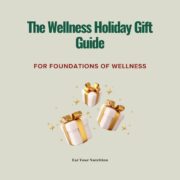




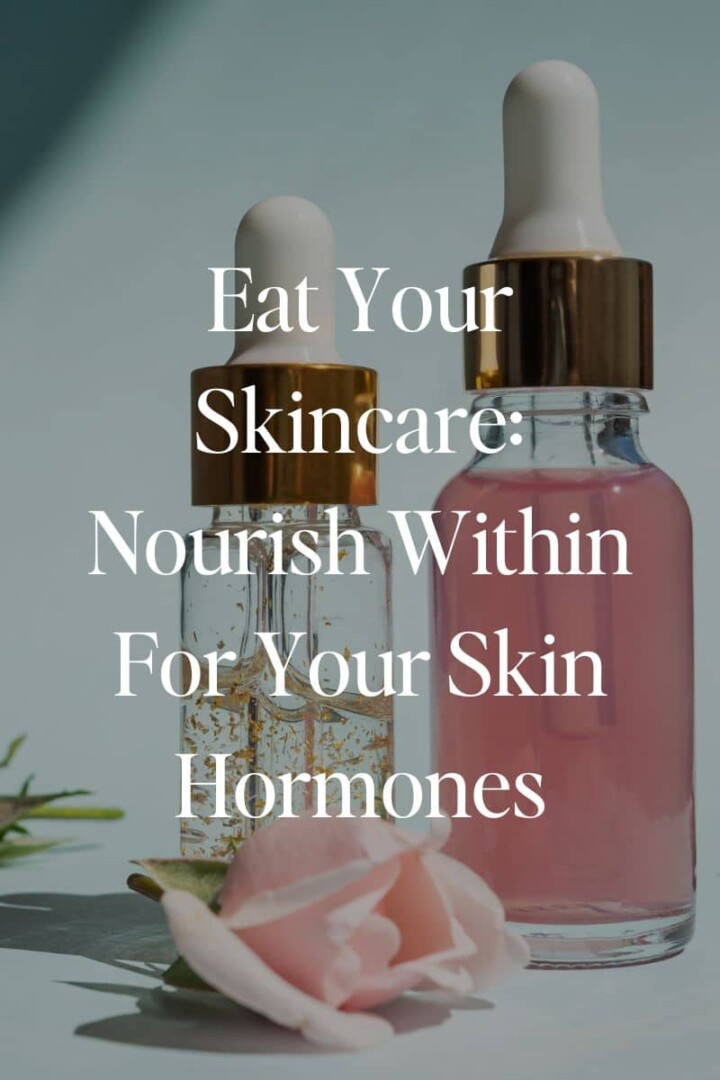

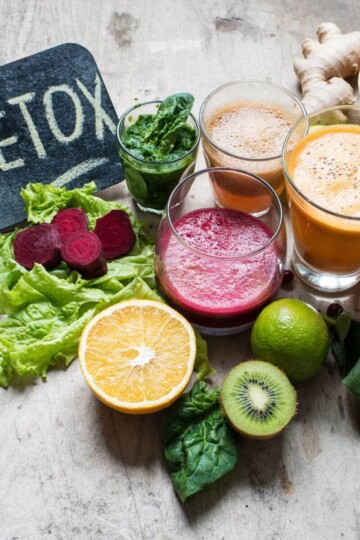
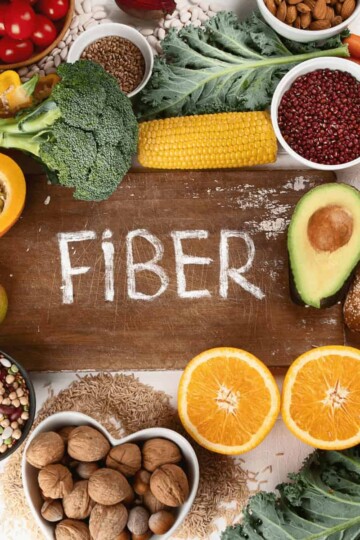

Comments
No Comments